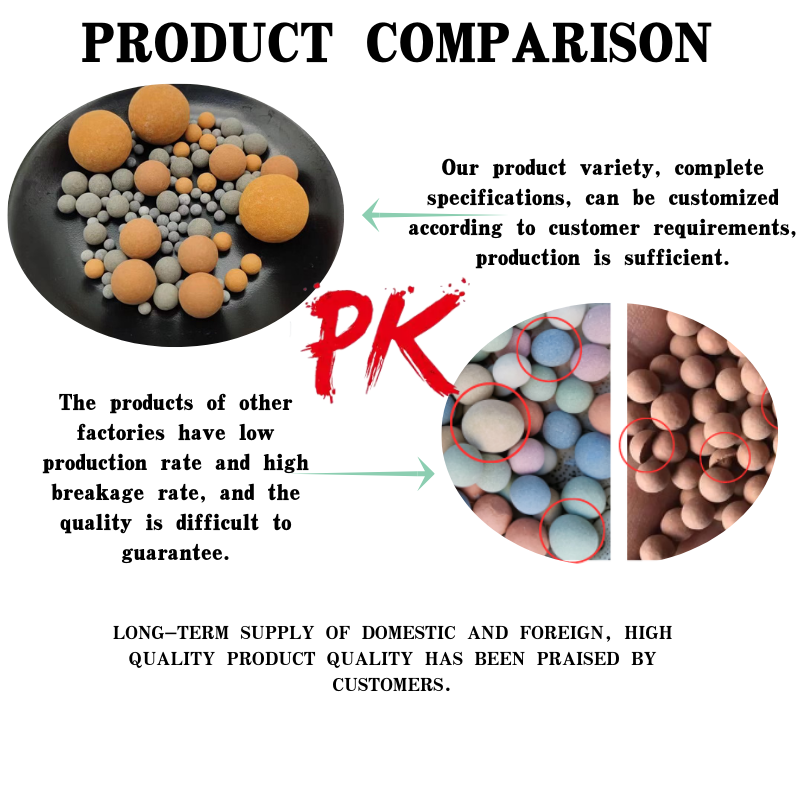
Techniques for Efficiently Cutting Silicon Carbide Materials in Advanced Manufacturing Processes
Cutting Silicon Carbide Techniques and Best Practices
Silicon carbide (SiC) is a semiconductor material renowned for its exceptional hardness, thermal conductivity, and ability to withstand high temperatures and voltages. These properties make SiC an ideal choice for various applications, especially in the electronics and automotive industries, where components are expected to operate in harsh environments. However, the very qualities that make silicon carbide advantageous also render it challenging to machine and cut. This article explores the techniques, tools, and best practices for effectively cutting silicon carbide.
Understanding Silicon Carbide
Silicon carbide is a compound composed of silicon and carbon, existing in various crystalline forms, including alpha (α) and beta (β). The alpha form is the most commonly used in electronics and has a hexagonal crystal structure, while the beta form is cubic and typically found in abrasive applications. Due to its unique properties, silicon carbide is used in semiconductor devices, high-temperature and high-power applications, and as an abrasive material.
Cutting Techniques
1. Diamond Tools The hardness of silicon carbide necessitates the use of diamond-coated cutting tools. Diamond tools are superior for cutting hard materials due to their toughness and wear resistance. They can be found in various forms, such as blades, grinding wheels, and end mills. For optimal results, selecting the right size and configuration of diamond tools is essential, ensuring they match the specific requirements of the component being cut.
2. Water Jet Cutting Water jet cutting is another effective method for machining silicon carbide. This technique uses a high-pressure jet of water, sometimes mixed with abrasives, to cut through materials. Water jet cutting is advantageous because it generates minimal heat, which helps maintain the integrity of the silicon carbide and reduces the risk of thermal shock.
3. Laser Cutting Laser cutting is increasingly being used to process silicon carbide due to its precision and ability to cut intricate shapes. Laser systems can easily be adjusted for different thicknesses and types of silicon carbide. Nonetheless, careful attention to settings is necessary to avoid excessive heat that could damage the material.
4. Grinding Grinding is a common method for achieving fine tolerances and surface finishes on silicon carbide. Specialized diamond grinding wheels are employed in this process. The grinding parameters, such as wheel speed, workpiece feed rate, and depth of cut, must be carefully controlled to prevent damage to the material.
cutting silicon carbide

Best Practices
1. Tool Selection and Maintenance Choosing the right tool for the specific type of silicon carbide being cut is vital. Regular maintenance and replacement of cutting tools will ensure high cutting efficiency and lower the risk of tool failure.
2. Cooling Techniques Employing cooling fluids or techniques is crucial when cutting silicon carbide, especially during grinding or machining. This helps manage heat generation, minimizes wear on tools, and prevents micro-cracking or chipping in the material.
3. Machining Parameters Adjusting machining parameters such as feed rates, cutting speeds, and depth of cut can significantly impact the quality of the cut. It’s advisable to start with lower speeds and gradually increase to find the optimal balance that provides a clean cut without damaging the material.
4. Safety Precautions Silica dust can be harmful when inhaled, so appropriate safety measures should be taken, including using dust extraction systems, wearing masks, and ensuring proper ventilation in the workspace.
5. Quality Control Implementing quality control measures throughout the cutting process can help identify issues early on. Regular inspections and measurements should be conducted to ensure that the finished parts meet required specifications.
Conclusion
Cutting silicon carbide presents unique challenges and requires specialized techniques and tools. By understanding its properties and employing best practices such as using diamond tools, water jet cutting, and optimizing machining parameters, manufacturers can achieve high-quality results. Staying informed about advancements in cutting technology will further enhance efficiency and precision in working with this remarkable material. As the demand for silicon carbide in various industries continues to grow, mastering cutting techniques will be essential for maintaining competitive advantage in the field.
Share
-
Premium Resin Coated Sand - High Heat Resistance CastingNewsJul.31,2025
-
High Quality Silicon Carbide Grit for Abrasive ApplicationsNewsJul.30,2025
-
High-Quality Ceramsite for Plants & Gardening | Lightweight PebblesNewsJul.29,2025
-
Premium Burgundy Glass Marbles for Vases & Shooter GamesNewsJul.29,2025
-
High Purity Quartz Sand for Industrial and Ground ApplicationsNewsJul.29,2025
-
High-Quality Barite Powder for Drilling & Industrial UseNewsJul.29,2025






